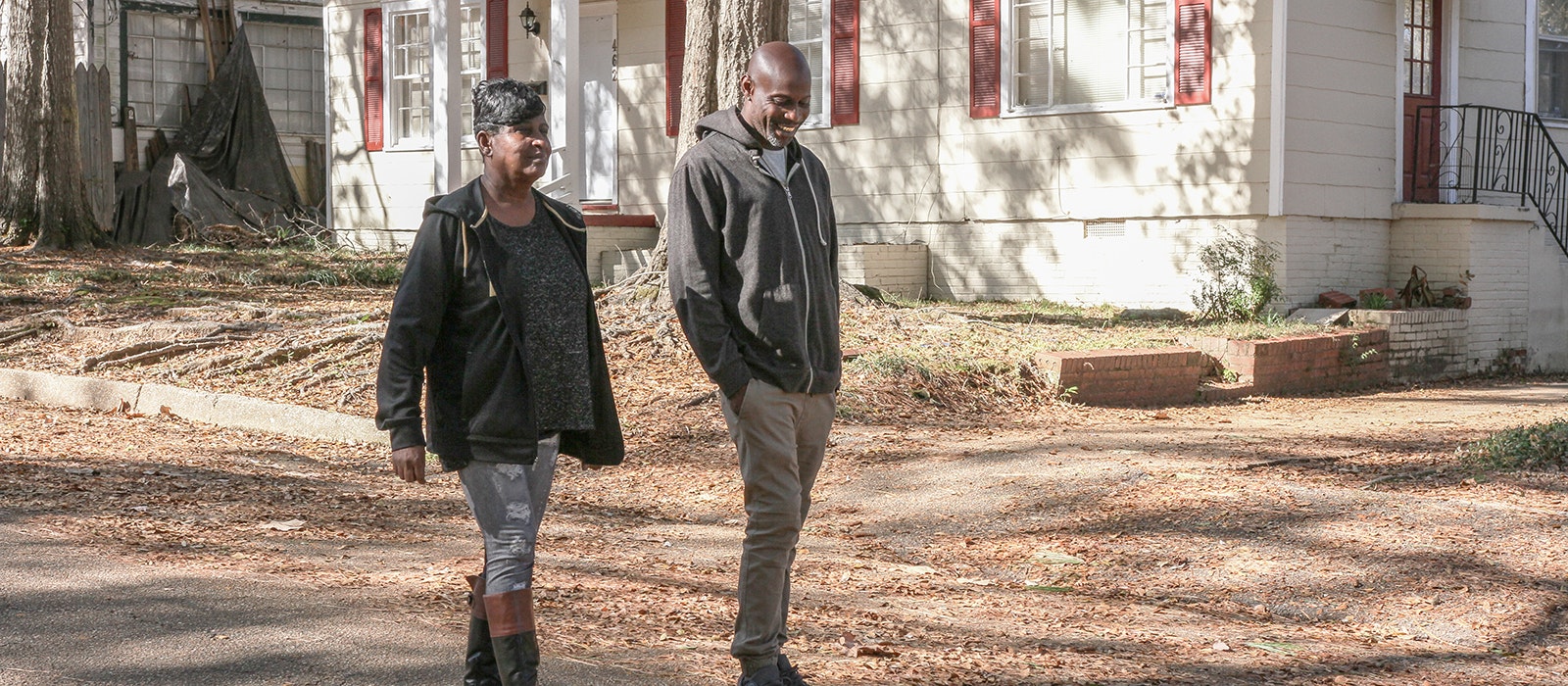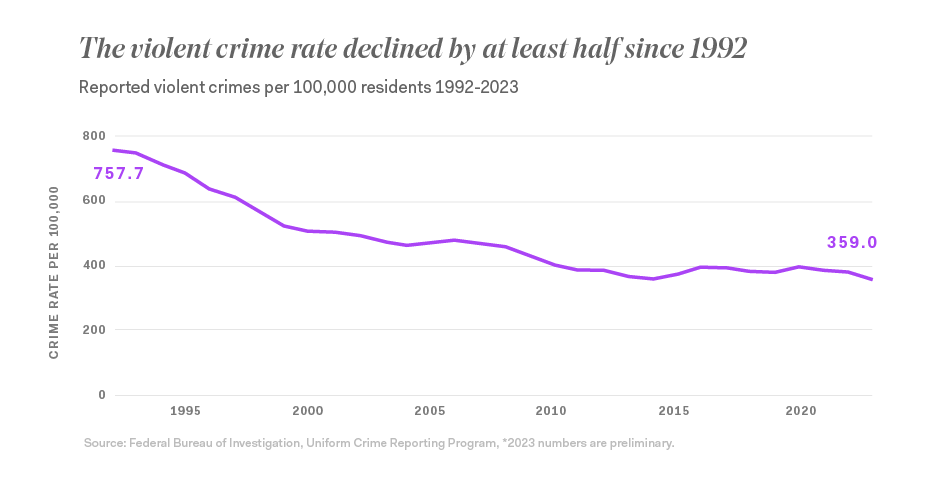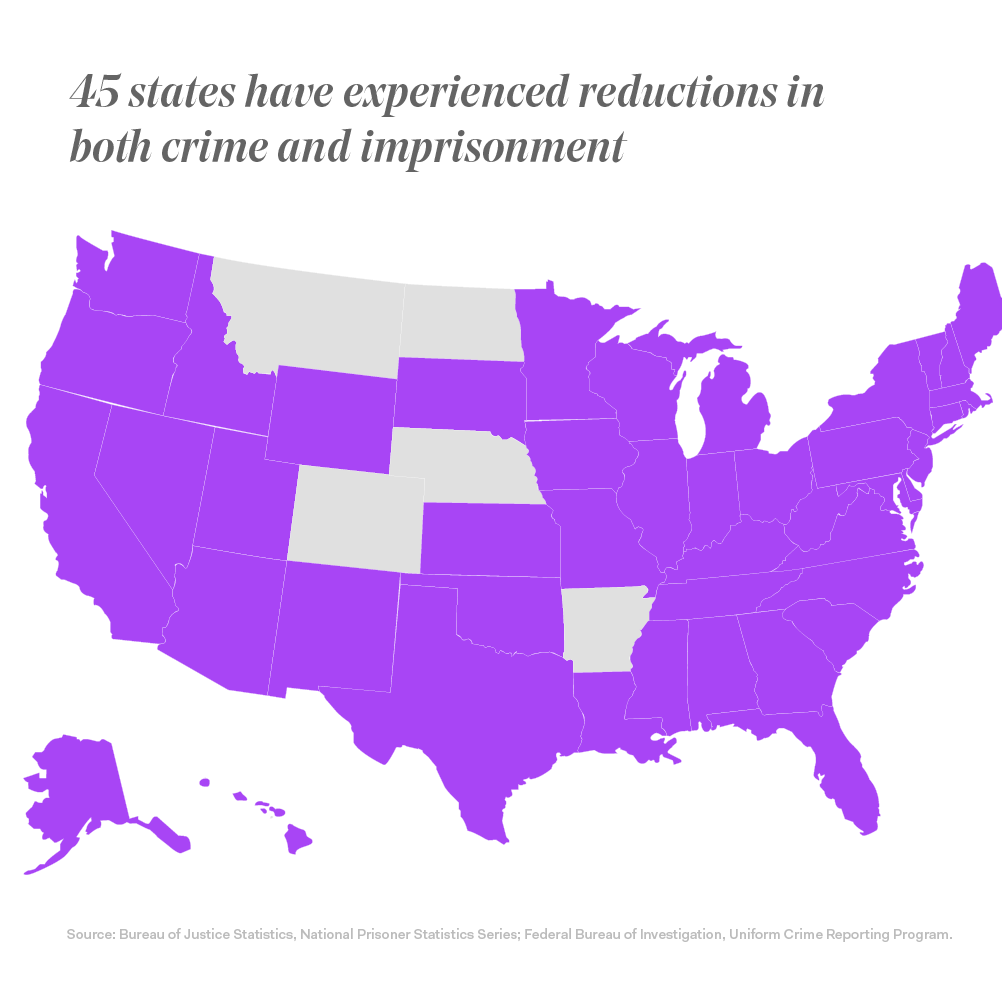Every American deserves to be safe in their community. Evidence and experience make clear that safety and justice go hand in hand. Over the last decade, policymakers and voters in red, blue, and purple jurisdictions have advanced criminal justice reforms that safely reduced prison and jail populations, expanding freedom and opportunities to tens of millions of Americans.
Following the massive disruption of the COVID-19 pandemic in 2020, a sharp increase in gun homicides rightly brought conversations about public safety to the forefront. Thankfully, as the initial shock of the pandemic subsided and communities began to rebuild the social structures that advance safety, homicides began declining in 2022 and are continuing to subside. Preliminary 2023 data shows one of the largest declines in homicides ever recorded, though Americans still face real challenges related to gun violence. We also face challenges related to poverty, such as unmet behavioral health needs and increasing homelessness– problems that incarceration often makes worse. Unfortunately, in the wake of the pandemic we have also seen some politicians and opponents of criminal justice reform seize on the 2020 gun violence spike to falsely pit criminal justice reform and public safety against one another.
A robust body of research built over decades has proven that jail stays and long prison sentences do not reduce crime rates. Meanwhile the harms of mass incarceration are clear: it breaks apart families, destabilizes communities and aggravates the very types of racial and economic inequality that make communities more vulnerable to violence. Fortunately, we also have a powerful evidence base about what works to reduce crime and, in particular, gun violence. We must rely on these solutions as we protect and advance the critical wins on criminal justice reform and continue the work of making our country both safer and more just.








